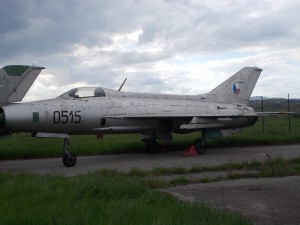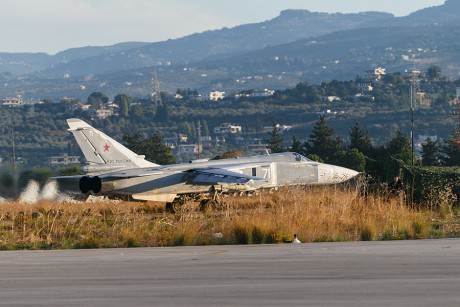Czechoslovak MiG-21´s deliveries to SYRIA
In October 1973, we had withdrawn 11 MiG-21F-13 jets from earlier production from our combat squadrons, and they were hastily sent to SYRIA, whose airforce was decimated after Yom Kippur war with ISRAEL. It urgently needed jets to compensate for the losses. Maj. Jaromir SMÉKAL (pronounced Yaromir Smekal) also participated in this mission. The jets were disassembled on KBELY airbase and loaded into Soviet An-12 transport planes. In such manner, they were delivered to SYRIA, along with the group of 40 Czechoslovak pilots and technicians. Their task was to assemble the jets, make airworthiness flights and hand them over to Syrians. They succeeded in this task and in less than month they returned home. Jaromír SMÉKAL remembers: “The transport was arranged by 12 An-12 cargo planes of Soviet airforce, which had their red stars painted over with Aeroflot markings. Each An-12 was loaded with one MiG-21, and the twelfth An-12 carried our luggage, mobile hospital, mobile kitchen, etc. We have been divided among individual planes. We took off only later in the evening, when it was dark enough. The rumours has been spread, that we are going to war and crowds were waving us from below. The flight was short and we soon landed in Budapest (HUNGARY). We have seen other An-12´s, similar to ours, taking off from Budapest. We were apparently part of large operation, aimed at helping SYRIA by USSR. Budapest was apparently hub point for this operation. We have only took off after the darkness fell again and all the lights were turned off. The route went over YUGOSLAVIA, towards ALBANIA and after we crossed this point, we turned eastwards towards SYRIA. Near the Cyprus, we were flying over part of US 6th fleet. We could see the lit up deck of the aircraft carrier and also two jets, scrambling from the deck to intercept us. They have been following us for a short time and then they returned to the ship. Around 1:00 AM we have landed on Ras Mavud airbase between Aleppo and Rakka. We were transferred to the hotel in Aleppo, from where we made daily trips to the airport by bus. The state of war was visible right away, on the airport, when we saw two An-12 damaged by Israelis.

During our stay, the air raid alarm was often triggered on, but luckily, we never came under direct attack. We have been hiding in the nearest hardened aircraft shelter (HAS), which were quickly build after Six day war in 1967. Similar HAS´s were under construction in Czechoslovakia as well, but they were of different type. Syrians had two types of HAS: one was overground double-like (they looked like two of ours put together), they were long and had servicing area between them with doors, and the jets could drive through and could accommodate 4 jets. The second type was underground for two jets, also with drive-through feature, but without doors. After our arrival, the technicians immediately started to assemble the jets and so we were able to make first two airworthiness flights next day. As a pilots, were had more time off, compared with technicians. Our sole task was to perform airworthiness flight. If this went well, the jet was topped-up with fuel and transferred to the civil airport in Aleppo, where it was handed over to the Syrians. This took us 3 weeks and during this stay we made several trips to the surrounding areas; for example sightseeing in Aleppo or Tabqa hydroelectric power plant on Eufrates.
